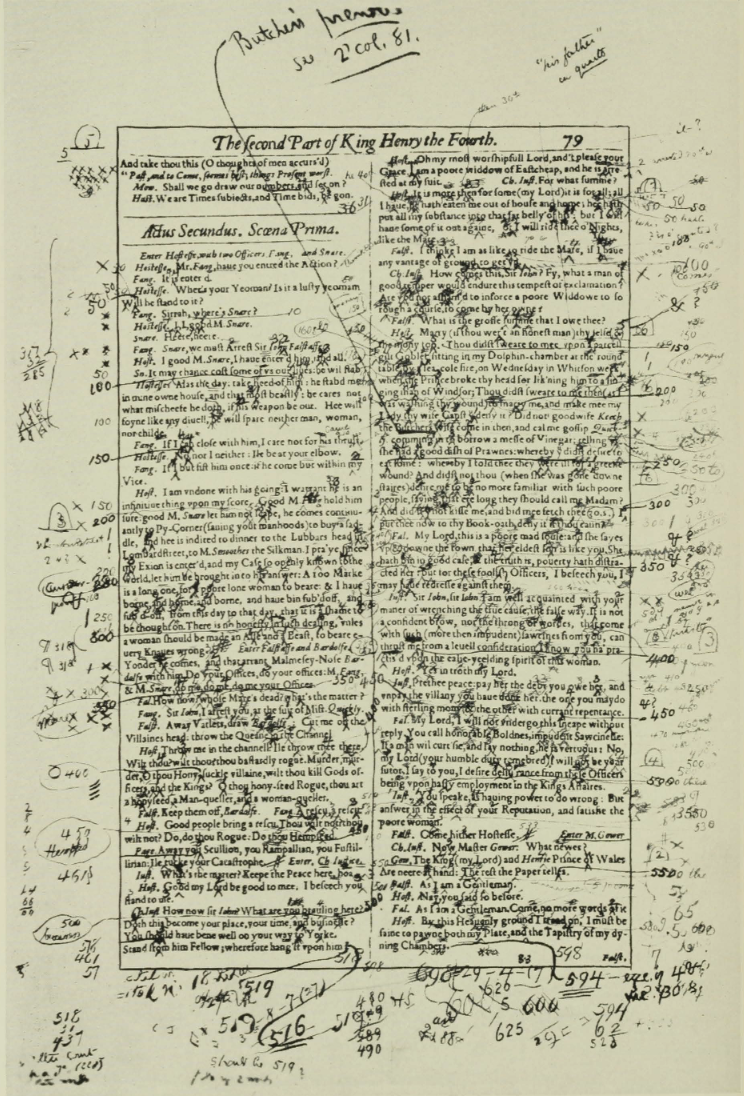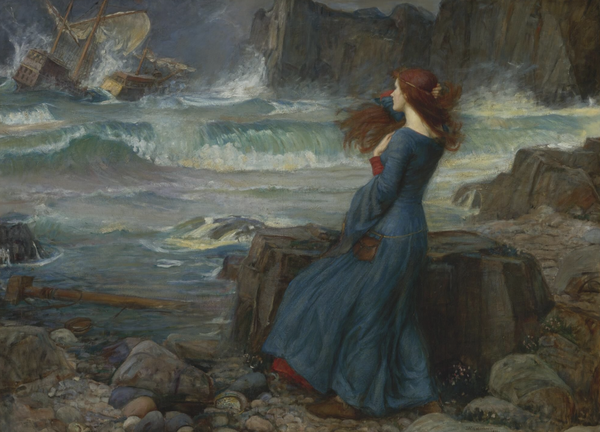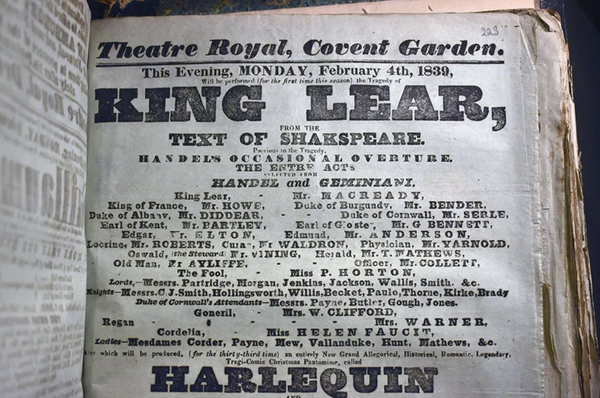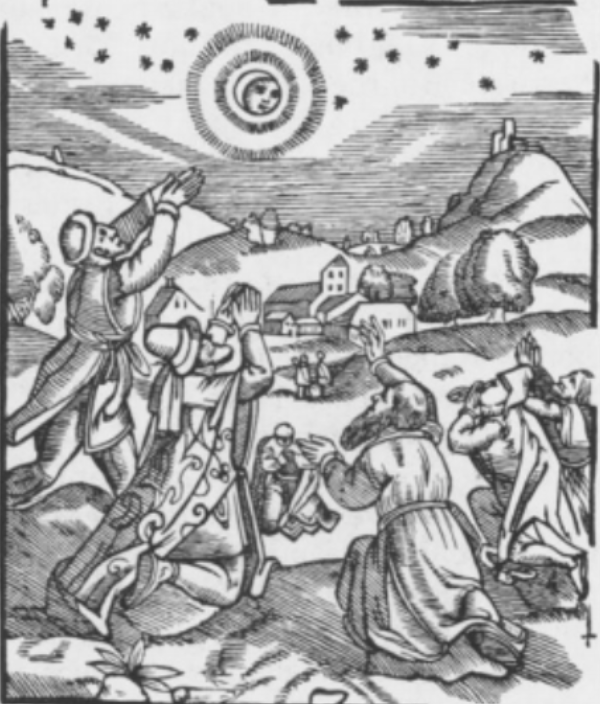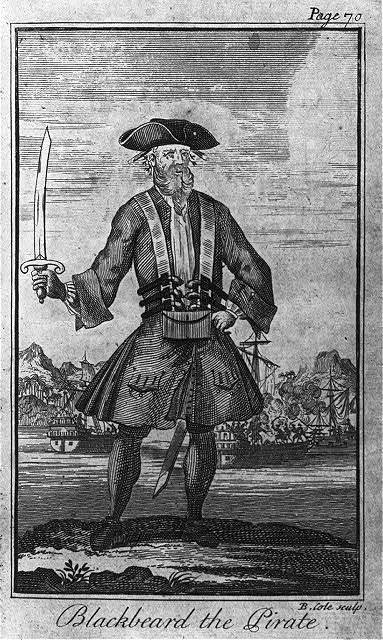The Hatch and Brood of Time
Volume 4: October 19, 2020 By London Johns
In the early 20th century, in a recently-built laboratory in Geneva, Illinois, a team of researchers were working to identify and interpret ciphers in the works of Renaissance authors. At the head of this team was Elizabeth Wells Gallup, author of several books on Francis Bacon’s ciphers and proponent of the Baconian theory of Shakespeare authorship, which held that Bacon was the true author of Shakespeare’s works. Gallup was convinced that the 1623 Folio edition of Shakespeare’s plays contained a code proving that Bacon wrote not only Shakespeare’s works, but the works of many other Renaissance authors as well. Though Shakespeare scholars now believe that Shakespeare wrote his own plays, Gallup’s work proved invaluable in an unexpected way: it indirectly inspired the transformation of military cryptography during the Second World War.
In The Bi-literal Cypher of Sir Francis Bacon (1901), Gallup claimed that she had discovered a cipher within Shakespeare’s works that translated each letter of the alphabet into a sequence of two values. The key to this cipher was represented in Bacon’s Of the Advancement and Proficience of Learning… using the letters A and B: “A” was translated into “aaaaa”, “B” into “aaaab”, “C” into “aaaba”, and so on (Bacon 171). Because this cipher needed only two values, it could be used to secretly communicate information in countless forms, from an image depicting two kinds of objects to a block of text using two different fonts. Bacon referred to this cipher as “the highest degree of Cypher, which is to signifie omnia per omnia” (170), or, to signify anything with anything. Gallup seemed to take the phrase “omnia per omnia” to heart, as she began to notice the cipher in works claimed by “Spenser, Shakespeare, Marlowe, Greene, Peele and Robert Burton” (22), as well as several plays by Ben Jonson. She identified the cipher as an attempt by Bacon to reveal the true author of the works in some future time, as well as to bring to light the circumstances of his birth and his supposed relation to Queen Elizabeth I.
Gallup used the biliteral cipher to explain the presence of more than one italic font in Shakespeare’s First Folio, a feature common in Renaissance texts but still a popular talking point among anti-Stratfordians who believed that his plays contained hidden messages (Friedman 190). She asserted that Bacon’s cipher was written into the texts in the form of two different italic fonts, representing “a” and “b” in the cipher’s key. Gallup interpreted these codes as telling the story of Francis Bacon, who was supposedly the son of Queen Elizabeth I and kept from inheriting the throne by the downfall of his brother Robert, Earl of Essex (38). Bacon’s life story, told throughout various works, is interspersed with passages explicitly stating his own authorship:
“See or read. In th’ stage-plaies, two, the oldest or earliest devices prove these twentie plays to have been put upon our stage by the actor that is suppos’d to sell dramas of value, yet ‘tis rightlie mine owne labor.” (Gallup 15)
This particular confession was decoded from the J. Roberts 1600 editions of Sir John Old-Castle and The Merchant of Venice. Ironically, “J. Roberts” was a fake name, and while the play Sir John Old-Castle was published anonymously in 1600, it was not misattributed to Shakespeare until another edition was published in 1619 (Kirwan, 2020). If Francis Bacon did write those works under a false identity, he must have created several layers of misdirection. According to Gallup, Bacon directed the decoder of his cipher through the plays with “each subtile signe, that silentlie like fingers, shewes your waye” (Gallup 167). But, as written in a review of Gallup’s book from the Francis Bacon Society, “our friend Francis would not make things too easy” (qtd. in Gallup 75). Though Gallup was never particularly forthcoming about her process of telling apart the “a” from the “b” fonts, she described a toilsome procedure that involved not only the ability to recognize “minute differences” in the appearance of ink on the page, but also a vague sense of “inspiration” (qtd. in Friedman 198).
It is generally understood that Shakespeare was the true author of his own works. The lack of records from his “lost years” was likely due to a natural pause in the documentation of his life, and Gallup’s work amounted to nothing more than a lifetime’s obsession with a theory inspired by her own desire to see certain works as written by someone -- in her own words -- “greater than” Shakespeare, Marlowe, Jonson, and other writers of their time (3). But Gallup’s work would have unintended consequences beyond the study of Shakespeare. Fifteen years after Gallup published her first book, two of her assistants in the study of cryptography at Riverbank Laboratories grew doubtful of her methods. Their names were William and Elizebeth Friedman, and they revealed their misgivings in The Shakespearean Ciphers Examined (1957). They wrote that Riverbank assigned William Friedman to magnify the letters belonging to “a” and “b” type fonts, and the differences were often due to “ink-spread” (ink bleeding into the paper around the letter), “imperfections in the surface of the paper, or to damaged type” (Friedman 209), rather than to actual changes in font. Meanwhile, Elizabeth Friedman was part of a team of students who identified the “a” and “b” letters with the naked eye, attempted to interpret the cipher, and then gave them to Gallup to interpret a second time. While Gallup seemed to routinely decode coherent messages, Friedman and her peers found nothing:
“I can state categorically that neither I nor any other one of the industrious research workers at Riverbank ever succeeded in extracting a single long sentence of a hidden message; nor did one of us so much as reproduce, independently, a single complete sentence which Mrs. Gallup had already deciphered and published.” (Friedman 211)
Gallup attributed this discrepancy to the students failing to notice tiny marks near certain letters, but the Friedmans gradually lost faith in her theory, and by 1918 they had stopped working at Riverbank Laboratories.
While at Riverbank, William Friedman began teaching cryptography courses to World War I soldiers. He and Elizebeth Friedman continued to contribute to military cryptography through the Second World War, and became increasingly essential to the United States army. William Friedman introduced scientific and mathematical principles to cryptography that would act as “the foundation for modern codebreaking,” and both he and Elizebeth worked to break codes sent by Nazi Enigma machines (“Marshall Legacy”). The Friedmans remained inspired by Renaissance ciphers, as demonstrated by a photograph that William Friedman kept on both his desk and the wall of his home study throughout the entirety of his career. The photograph depicted a group of military officers trained by Friedman at Riverbank. Some officers looked towards the camera, while others looked away; if the officers looking towards the camera represented “a” and those looking away represented “b”, the photograph spelled out “KNOWLEDGE IS POWER” in a Baconian cipher (“Decoding the Renaissance...”). (Lacking the 80 officers required to finish the phrase, it actually only succeeded in spelling “KNOWLEDGE IS POWE”.) This photograph likely served as a constant reminder of the Friedmans’ early interest in Francis Bacon, and in a phrase which Friedman often quoted: “omnia per omnia” (“Decoding the Renaissance...”).
What Elizabeth Wells Gallup provided in attempting to decode works of Renaissance literature was a convenient story, and perhaps a compelling one. She painted a picture of a genius betrayed by fate, attempting to share the woes of what she called his “outraged soul” and “his inmost heart” through a combination of codes and false identities (Gallup 24). However, her work, as dedicated to it as she surely was, had little to offer Shakespeare scholars, and much more to offer the Friedmans. It is impossible to know what William and Elizebeth Friedman could have achieved without their passion for Renaissance ciphers, or the extent to which their time working with Gallup at Riverbank Laboratories formed that passion. But the image that inspired William Friedman, the one that he carried with him for the rest of his life, was of the Baconian cipher he studied at Riverbank -- and that, at least, was the result of Elizabeth Wells Gallup’s investigations.
Hidden somewhere in this article is the title of one of Shakespeare’s plays, written in the Baconian cipher.
Works Cited
Bacon, Francis. Of the Advancement and Proficience of Learning: or, The Partitions of Sciences, Nine Books. Translated by Gilbert Watts, London: T. Williams, 1674. Internet Archive. Web. 18 Nov. 2020.
“Decoding the Renaissance Exhibition Material.” Folgerpedia, Folger Shakespeare Library, 15 July 2015, folgerpedia.folger.edu/Decoding_the_Renaissance_exhibition_material.
Friedman, William F, and Elizebeth S Friedman. The Shakespearean Ciphers Examined. Cambridge University Press, 1957. Marshall Foundation. Web. 18 Nov. 2020.
Friedman, William. “Knowledge Is Power.” 1918. The Folger Shakespeare Library, The Folger Shakespeare Library, www.folger.edu/file/knowledgeispowerjpg.
Gallup, Elizabeth Wells. Concerning the Bi-Literal Cypher of Francis Bacon Discovered in His Works. Detroit, Mich., Howard Publishing Co.; London, Gay & Bird, 1910.
Gallup, Elizabeth Wells. The Bi-Literal Cypher of Sir Francis Bacon. Gay & Bird, 1901. Internet Archive. Web. 18 Nov. 2020.
Kirwan, Peter. “ The First Part of the True and Honorable Historie, of the Life of Sir Iohn Old-Castle, the Good Lord Cobham.” Shakespeare Documented, Folger Shakespeare Library, 25 Jan. 2020, shakespearedocumented.folger.edu/resource/document/sir-john-oldcastle-part-1-first-edition.
“Marshall Legacy Series: Codebreaking.” George C. Marshall Foundation, VMI, www.marshallfoundation.org/newsroom/marshall-legacy-series/codebreaking/.
Shakespeare, William. Mr. William Shakespeares Comedies, Histories & Tragedies, Published According to the True Originall Copies. London, Printed by Isaac Jaggard and Edward Blount, 1623. London: William Jaggard, Edward Blount, L. Smithweeke, and W. Aspley.,1623. Internet Shakespeare Editions. Web. 18 Nov. 2020.

